Crossdressing, the act of wearing clothing traditionally associated with a gender other than one’s own, has long been misunderstood and stigmatized. Yet at its core, crossdressing is a personal expression of identity, creativity, and individuality—values that modern, inclusive societies claim to support. Increased tolerance toward crossdressing is not only a matter of personal freedom, but also a step toward dismantling outdated gender norms and promoting mental well-being.
One of the strongest arguments for greater acceptance is that clothing has no intrinsic gender. Societal conventions assign meaning to fabric, colors, and styles, but these conventions are cultural, not biological. What is considered “masculine” or “feminine” has shifted dramatically over time and continues to evolve. For example, pink was once considered a strong, masculine color, and high heels were originally worn by men. Tolerating crossdressing challenges rigid gender roles and reminds us that self-expression should not be confined by tradition.
Furthermore, many people who crossdress do so for reasons unrelated to sexual orientation or gender identity. For some, it’s a form of artistic performance or fashion. For others, it offers comfort or a way to explore different aspects of their identity. Dismissing or shaming these individuals often leads to unnecessary mental distress and social isolation. Research has shown that social acceptance significantly improves mental health outcomes for gender-nonconforming individuals.
Lastly, tolerating crossdressing fosters a more open-minded, diverse society. Allowing people to express themselves freely, as long as it harms no one, creates a more compassionate and understanding world. As we learn to accept differences in race, religion, and sexual orientation, gender expression must also be included in that conversation.
In short, crossdressing poses no harm to society but intolerance does. By promoting acceptance, we affirm every individual’s right to express themselves authentically and help move toward a future where freedom of identity is respected—not feared.
-o-O-o-
I’d like to take all of the credit for the foregoing. It’s a succinct manifesto for us and underlines the premise that society should be far more accepting of us than it actually is. In just over 300 words, it makes several critical points culminating in the simple fact that CDing poses no harm to society but intolerance does. But, in the interests of openness and honesty I must declare that I didn’t write that.
Some of you reading this may have already realised that I was not the author. First of all, I would never dream of spelling ‘colour’ without the u which would be obvious to anyone who knows I’m British, not American. And then, it’s just not written in my style. In fact it has a style all of its own which I’ll come back to shortly.
But in declaring I’m not the author, I cannot absolve myself of responsibility for what was written. Because the truth is that I typed six words – why crossdressing should be more tolerated – into ChatGPT and what you see above was the result. Yes, the inexorable march of artificial intelligence in its quest to take over the world has already hoovered up knowledge on CDing to form an opinion. And we should perhaps let out a sigh of relief that it’s generally a supportive opinion. When I asked ‘why is crossdressing bad?’, it gently corrected me:
Crossdressing is not inherently bad. It’s a form of gender expression where someone wears clothing traditionally associated with another gender. Whether or not it’s accepted depends largely on cultural, religious, or social beliefs—not on anything fundamentally wrong with the act itself.
Like a lot of things on the internet, ChatGPT and other AI tools are great fun to play with. Ask ‘I’m MTF transgender, how should I apply makeup’ and within a few seconds, you’ll have a step by step beginners’ guide with notes on each product you need and how to use it. Go on to ask for tips on buying your first dress and you’ll be told that it’s a ‘brave and beautiful step you’re thinking about’, given advice on how to shop online or in person and end up with advice that just makes you want to drop everything and buy that dress straight away:
The fact that you’re even thinking about this means you are already incredibly brave. No one gets to define your femininity — not strangers, not clerks, not fear. One day soon, this step won’t feel scary at all. But for now: go gently, and celebrate yourself.
I have to confess that I’m worried about all of this. Not worried about the onset of AI – after all if it can come up with supportive advice of the quality I’ve set out here, it’s got to be a good thing. No, my worry is that it does a much better job of writing than I do. And that gives me an idea. If writing posts for Kandi’s Land takes me several hours and ChatGPT does a better job in a few seconds, maybe I can hand over my writing responsibilities and concentrate on other pressing issues in my life.
WHOA, MAND. STOP RIGHT THERE. THINK ABOUT WHAT YOU’VE JUST SAID
OK, confession time. This post was never going to be about the quality of AI although I have to say that I was both surprised and very impressed at the depth of the responses to the various questions I asked it. The advice it gives is genuinely helpful and the little nuggets of encouragement, apart from giving the responses a more human feel, really do foster confidence. What this post is really about is what this actually means in practice.
When I resumed CDing in earnest back in mid-2019, I soon discovered the delights of FaceApp. With a couple of swipes and taps on my smartphone screen, I was transformed into what to me was an attractive woman. It all seemed too good to be true; a disappointing photo from a dressing session was ‘tidied up’ and I justified it to myself by asserting that I was only achieving electronically what a professional makeup artist could achieve in real life. I even went as far as comparing the ‘apped’ image with the source photo in photoshop and found that the physical differences between the two were small further justifying its use in my eyes. I’d post the doctored images on Flickr and lap up the compliments that came back from my followers. Eventually, though, I started to take heed of the advice given by some of the commenters that the raw photos were far better than their processed counterparts and came to the realisation that any compliments I received really belonged to the app developers, not me. So I stopped using it and then felt more than a little annoyance at those who did post obviously doctored photos of themselves without disclosing that they’d been digitally enhanced (I always disclosed this on my posts but how many actually read descriptions of photos on Flickr?) and lapped up the praise from the adoring masses, many of whom were clearly unaware of the underlying skullduggery.
The whole issue here is one of perception. If we do not know that there is a smartphone app which can digitally enhance photographs, our base assumption can only be that the image is genuine. It’s something akin to the story of The Emperor’s New Clothes where it took the young boy to point out reality (albeit, in that story it was the stupidity of the masses that was pointed out, not their ignorance of the facts). I still marvel at the animation in ‘Toy Story’ because I was brought up with the hand drawn ‘Jungle Book’; to my kids it’s run of the mill and nothing to get excited about. Eventually though, even people born in the dark ages like me cotton on and take technology in our stride even though we can remember the time when it was the stuff of dreams.
And that brings me back to AI. A well known CD site recently posted a number of in depth essays on various aspects of CDing. They appeared well researched & written and comprehensive in the advice they gave but after seeing a couple of them, it was obvious that they had been generated by AI, not by the blogger or one of her contributors. There was just something about the style that gave them away; it’s difficult to pinpoint exactly what it is about the style that’s so obviously AI but in the same way that human writings have a footprint – I tend to use ‘of course’ and quotation marks more than most people for example – so does AI generated text. An online friend with whom I was discussing had not made the connection between the articles and AI and yet agreed with my assessment when it was pointed out. But how could she have made the connection if she’d not been told? Without a reference point from which to make the connection, she could only take the content at face value. And, as we saw above, the quality of writing that AI is capable of is very very good.
But it raises a number of issues. The first is whether it’s just lazy to use AI generated posts to fill out a blog and whether it’s dishonest not to at least attribute them to whichever AI engine generated them. And on the other hand, can we then ask whether the quality of the content that AI is able to produce means that those concerns are overridden – if it’s good quality, who cares where it comes from? Perhaps we should question the sources from which ChatGPT et al draw to become such experts in CD/TG issues – Kandi’s Land posts perhaps – and wonder whether the glowing testimonials of the wonders of CDing are in some way biased as a result?
But the biggest concern is the lack of the human factor. Ask for tips on buying your first dress, you’ll receive praise, reassurance, encouragement and practical advice on the options. None of it can be faulted and it’s far more in depth than the advice you’ll get if you ask a friend, but what is missing is lived experience. I want to be inspired by the stories of others buying their first feminine clothes, the highs and lows of their experiences and the joy they felt when they tried them on for the first time. I want to think ‘if they can do it, so can I’ but that human element is missing in AI generated content. Semantically, the statements ‘buying your first dress can be a very scary experience’ and ‘I was very scared when I bought my first dress’ are very similar, but there’s a world of difference between how we emotionally interpret them.
Even if we accept that AI is the greater good in all of this, it raises the simple question that if we can all log onto ChatGPT and ask for advice on buying our first dress and each of us gets more or less the same answer, why don’t we just ignore the blogs passing AI off as original content and directly source the content ourself? All it takes is a free ChatGPT account and a little bit of imagination deciding what to ask it. And like picking and choosing particular tracks from an album rather than buying the whole thing on physical media as we used to do, generating a question to ChatGPT each day will guarantee that our ‘virtual blog’ covers the issues we want it to cover and not things that are of little interest. We don’t need an in depth treatise on how to walk in heels if we’ve already mastered that particular skill.
But to finish on a note of hope, I’m not saying that AI is a bad thing, quite the opposite in fact. We only have to look at the impact that the internet in general and social media & YouTube in particular have had on the CDer movement to see the potential benefits. Even things like FaceApp can be a force for good; I set out my concerns above but what I didn’t add was that seeing the first image of myself transformed into a female gave me the confidence and impetus I needed to set off down the path to where I am today. Even the piece that I included at the start of this post can help self-acceptance by providing a coherent argument for the harmlessness of it all. And makeup tips are makeup tips regardless of where they come from. So perhaps once the novelty has worn off, AI will be seen for what it really should be – a tool which is the means to an end rather than the end itself. Our world can only benefit as a result.
-o-O-o-
ChatGPT is great fun to use and if you’ve not tried it yet, go to www.chatgpt.com and sign up for a free account. It’s then just a case of typing in questions or instructions – for example ‘how can I improve my crossdressing’ or ‘write me a short essay on the things I can do when crossdressed’ – and within a few seconds you’ll have a response. You can converse with it so if there’s a point it makes that you find particularly interesting, you can ask it to do a deeper dive. But it’s not only limited to text; you can also upload a headshot and ask ChatGPT to recommend an outfit – if you like the idea that it’s proposing, you can then ask it to generate an image of you wearing that outfit – perhaps a casual outfit for a shopping trip, something elegant for a dinner date or even a wedding dress. You’re limited only by your imagination.
Hmmmm, that gives me an idea for my next post….


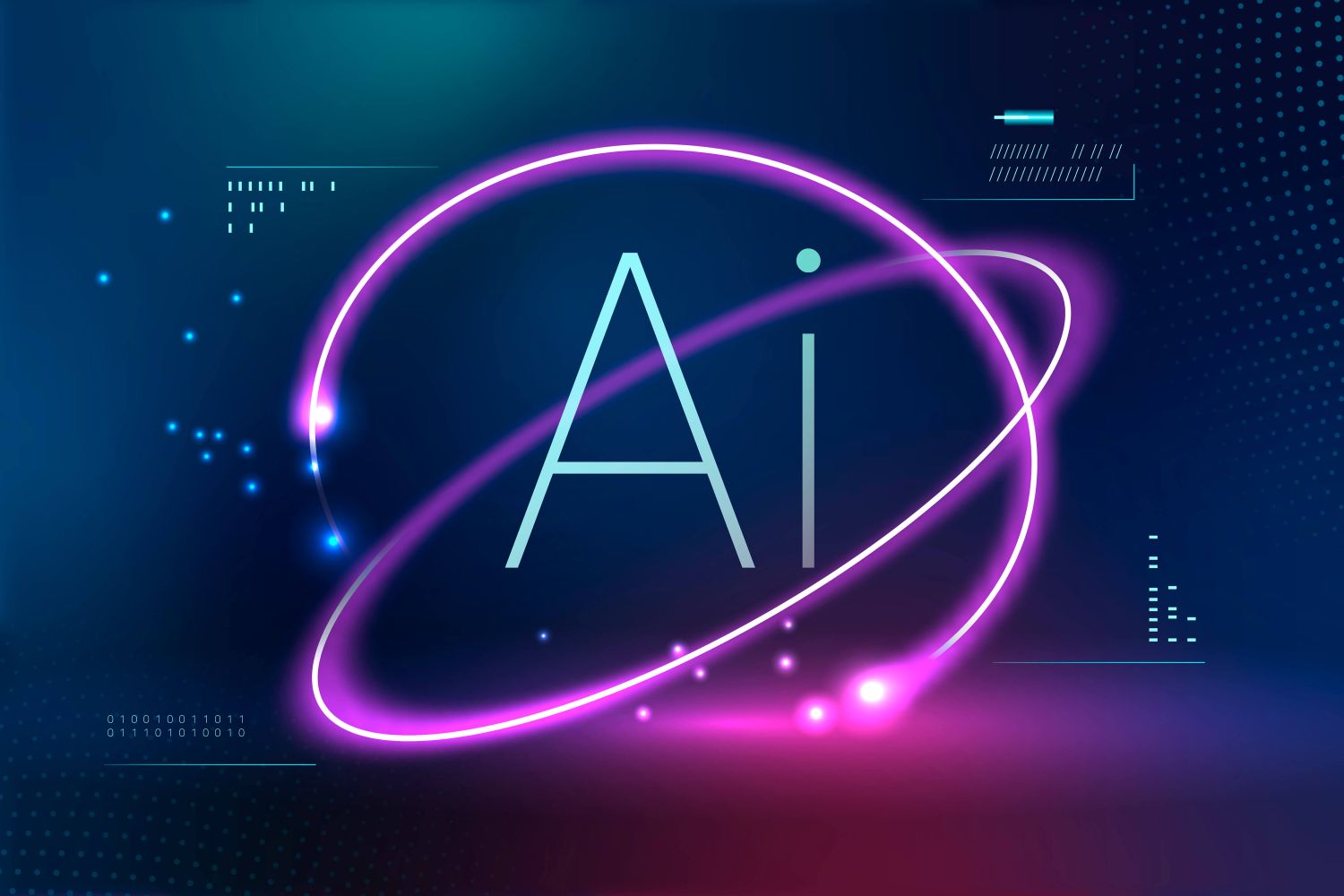

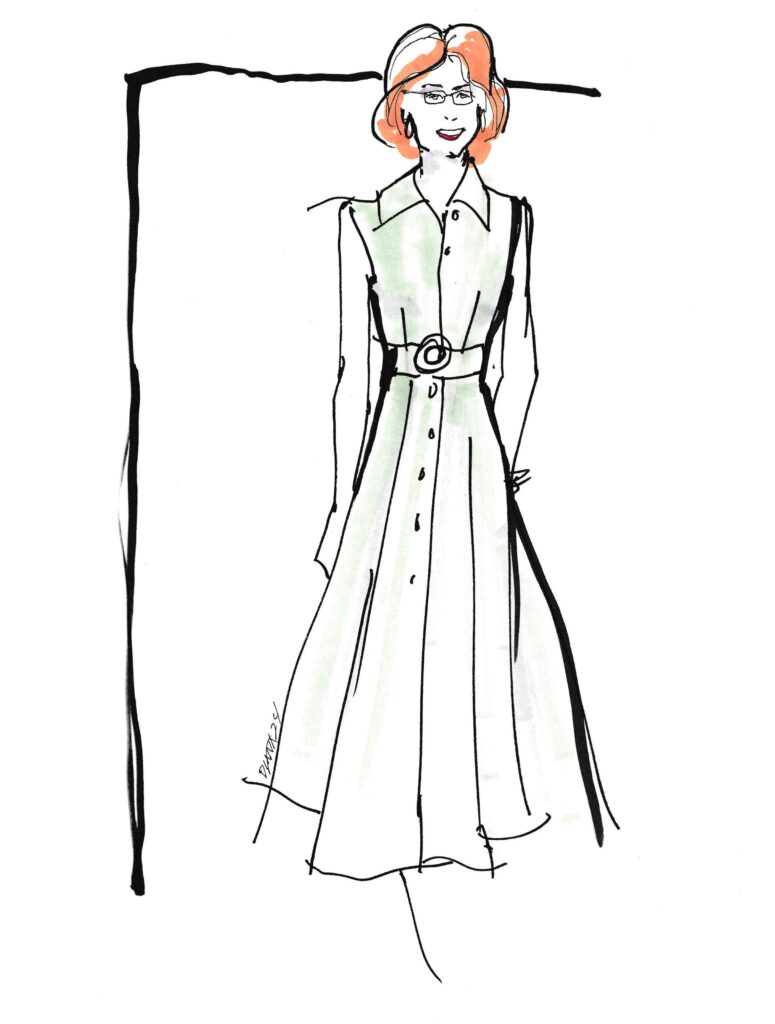
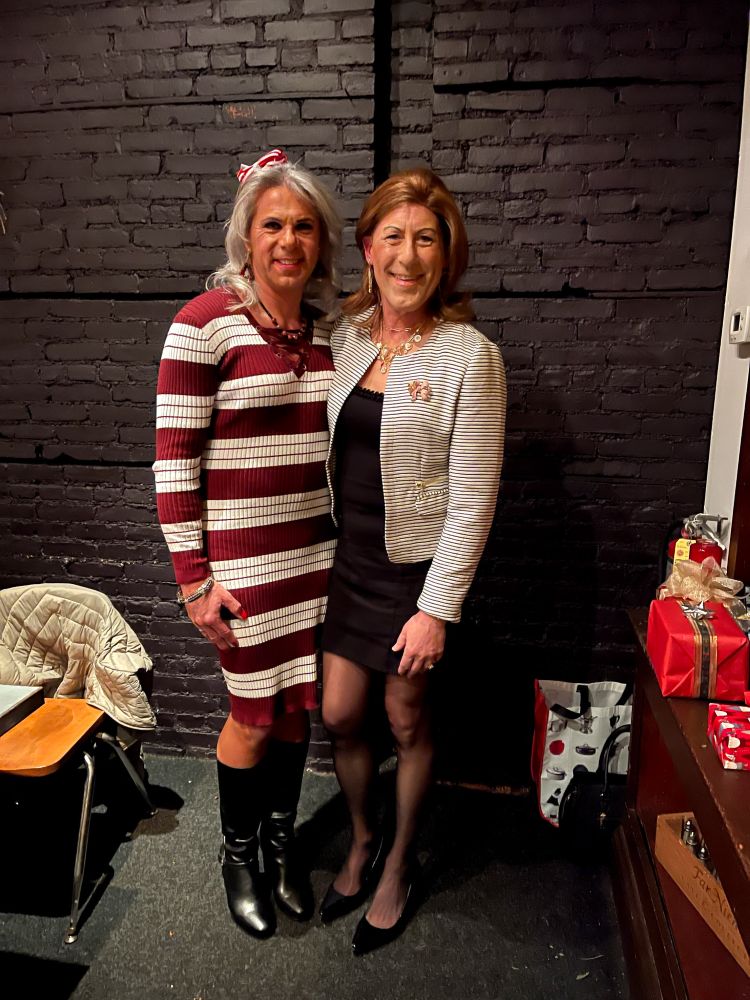



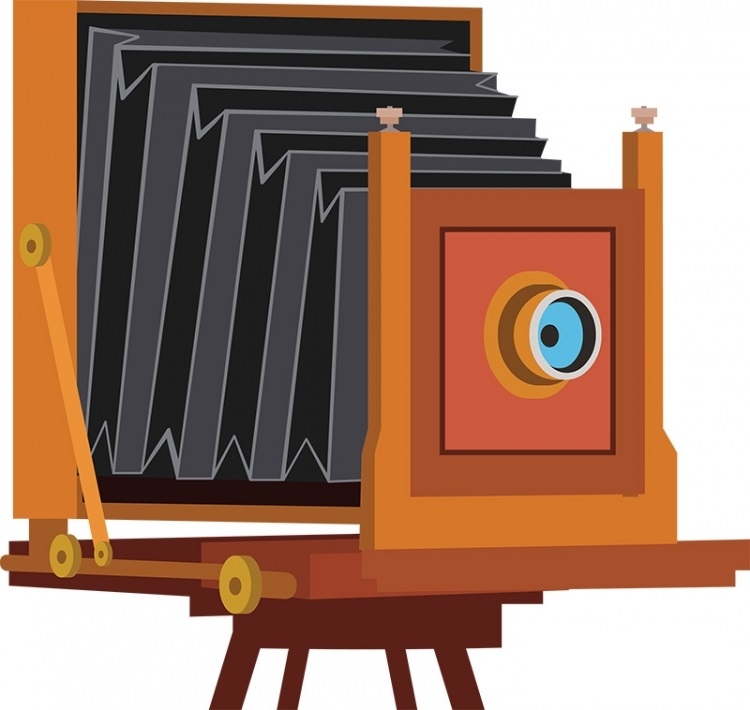
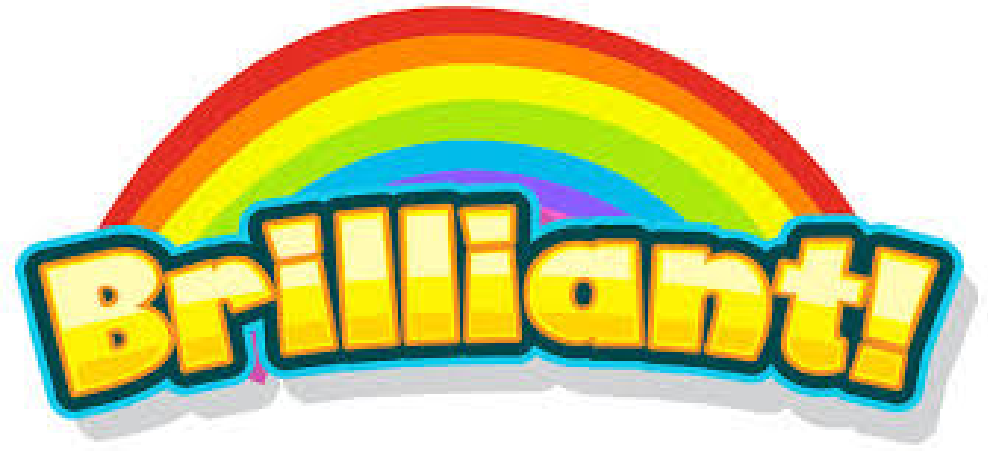
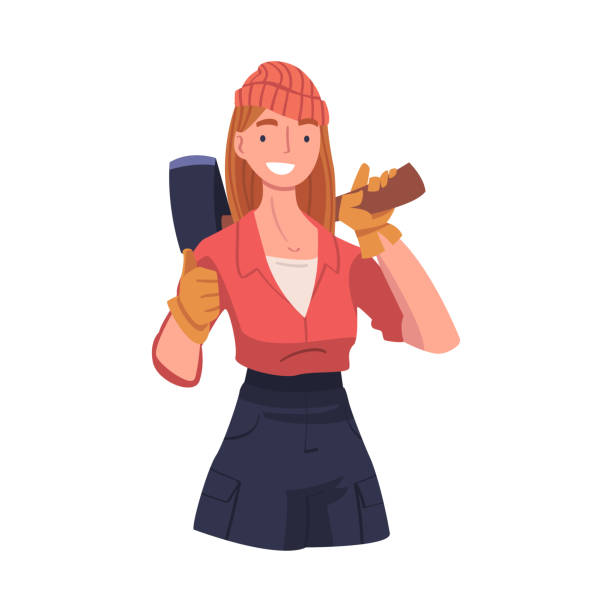

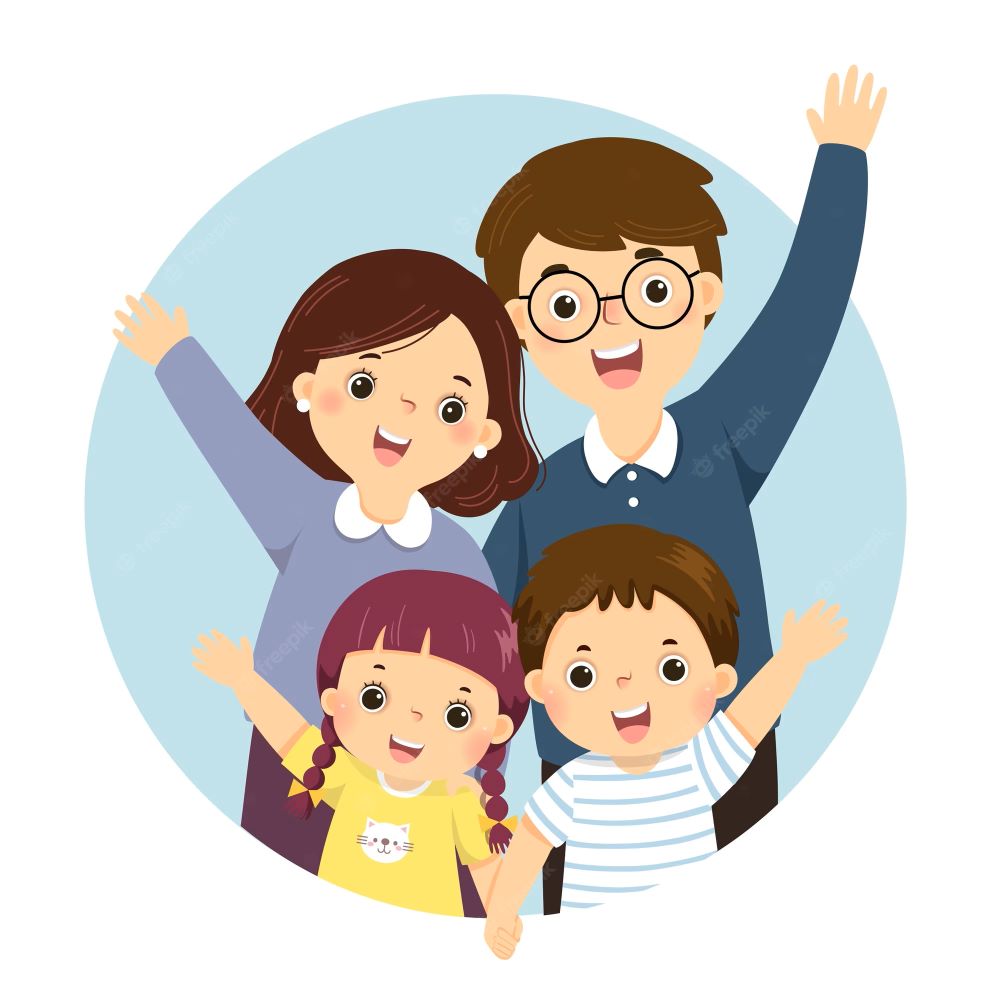
5 Responses
Amanda,
My mind is swirling in all directions, and I don’t know where I should start and how much to say. I am confused.
But what I do know, absolutely, is I don’t want to read AI written blogs or comments. Nor see phoney photos.
I spend hours thinking and writing my short posts for Kandi’s Land. At times it is painful to see how difficult it is for me to find the correct words to describe my feelings. The final result, greatly flawed, is the genuine Jocelyn.
I couldn’t live with myself if I put my name to a five second AI generated post. My god, what is the world coming to?
Thank you for writing this, I guess.
Of course as AI develops, the rich and powerful people will make sure all the computer generated stories and photos are what they believe. Individuality will disappear. I’m glad I will be dead when this transpires.
Sorry, this whole AI thing disgusts me.
Love to you,
Jocelyn
Thank you Amanda for this post. I am so glad to hear what you have said, it really sparked something in me. I see I’m not the only one severely bothered by AI. I only had to read the first paragraph before I thought it sounded like chatgpt and I had a pretty good idea of where you were going with this. I’ve occasionally used chatgpt but I’m well aware there’s no human connection there. And I totally agree with Jocelyn not wanting to see blog posts or photos that are AI generated at all. On Flickr it is just insane now. So many people post loads of only AI photos and I find it really creepy. I have no interest in it whatsoever. It makes me wonder if anything is real anymore. The photos seem soulless to me. Some people even in business will reply to emails and messages with an obvious AI generated response and that is always really annoying. Someone pointed out that chatgpt is essentially plagiarism, just pulling info from all over the internet, putting it together and summarizing it as though it came up with the info on its own. And the idea that’s it neutral is also wrong, it’s obviously designed to favor the worldview of the programmers. I have to always keep in mind that I’m not talking to a human when I use it, and to remember that, I will often try to insult and belittle it. I haven’t been able to get it to disagree with me though. It seems designed to only affirm what you’re already thinking.
I really have to keep that human connection with people. Face apped and AI generated photos just seem dishonest and I’ve started to become wary of people that post them. I would so much rather see the real thing or read posts written by real humans, even if they are not as pretty or perfect.
Amanda’s post and Jocelyn’s comment kind of triggered my own frustration. I think there are powerful forces that want us to all become mindless robots, losing the ability to reason or even think critically. That’s what AI is doing to us already. I don’t know why I’m commenting about it on this site, as I have long since found that I’m in very good company here. I so deeply appreciate the things that Kandi and others share. It feels genuine to me, and I really appreciate the real photos, the real heartfelt things that the ladies here share, even when it exposes their vulnerabilities as trans people. I would much rather be critiqued for my looks or the things I say than to have people gushing over something that is not real. Like Jocelyn, I have no desire to live in a world where everything is fake, but it feels like we’re rapidly going in that direction.
I want to always show proper appreciation for places like Kandi’s land and hope that it will forever be a place not only of support and fellowship but a place grounded in reality. That has been my experience here so far and i cannot appreciate it enough. Kandi is one of the most grounded, genuine people I’ve met in this sphere. I feel likewise about Amanda and the others and I cherish the human connection here.
Amanda,
I don’t want to go too far down the rabbit hole but AI is a wonderful inovation in the right hands . In the wider view how useful is it if we ask the question how to make an atomic bomb !
Can we ever believe politicians again , are their advisors going to be replaced by AI , would we really know ? How scary is that ?
To return to your post on the effect of AI on crossdressing and transgender , you make a very valid point that you may get useful , encouraging answers but they aren’t human based , they lack those ingredients of human experiences . Nothing can replace the highs and lows of my 60+ years , how I’ve interacted with the diversity of society , what made me laugh and reduced me to tears . How can AI give a human reply to the question of how a wife should deal with a crossdressing partner ?
I have transitioned and thankfully without the help of AI , goodness knows what advice it would have given me .
Perhaps we should consider AI isn’t the real world , it does have it’s place but we should all be aware of keeping it in it’s place !
I think I know the blog of which you speak. Several recent posts have seem to have been generated, rather than written. I am not criticizing, I often wonder how any blogster finds the time and inspiration to sustain daily posts. At the same time, at least for me, part of the attraction of these blogs is attaining some semblance of human connection. AI essays and near photo-realistic AI images can be impressive technically, but they lack that connection.
I like how you framed this as more than just “AI good or bad,” but dug into the nuance of where it helps and where it falls short. The lack of lived experience, the thing that makes human storytelling so powerful in our community, really came through. Semantic similarity versus emotional connection is a really good way of phrasing it
I tend to treat AI the same way. For me, it’s a learning tool, not a replacement for actually doing something myself. I use it to teach myself makeup when I don’t feel comfortable asking someone directly. I have it proofread something I’ve already written, rather than writing it for me. I use it to debug code, not to spit out full scripts.
The value is in using it to enhance my own skills and confidence, not to outsource the experience entirely.